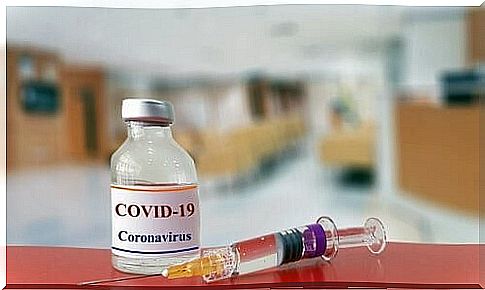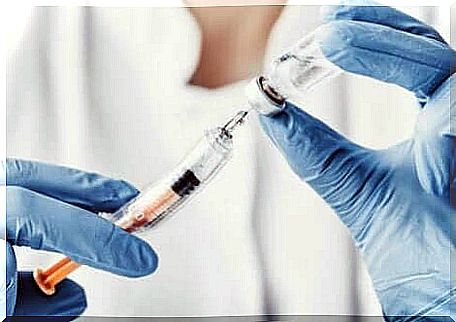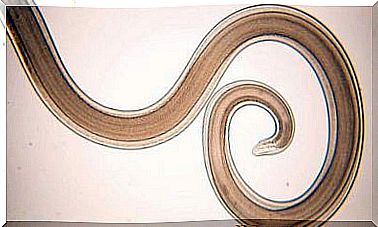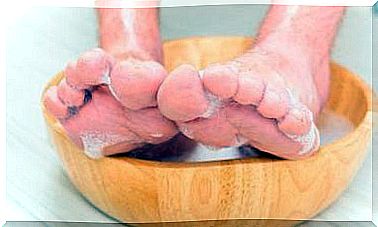Coronavirus Vaccine: Phase 3 Begins

The race to get a coronavirus vaccine started as early as January 2020, when SARS-Cov-2 spread from China to other countries. With the onset of the pandemic, several companies and institutes simultaneously started research.
One of the first discoveries came from the United States, where the National Institute of Allergy and Infectious Diseases (NIAID) and the Moderna company joined forces. Using a ribonucleic acid (RNA) replication technique, a vaccine with only genetic information was produced.
This means, as we will see later, that the physical presence of viral particles was not required, but that the researchers were able to emulate the SARS-Cov-2 genome in the laboratory. Hence the short preparation times of the first doses.
The US government has now cleared Phase 3 of the trial with broader human testing.
A brief history of the coronavirus vaccine
The biotech company Moderna prepared the first doses of the coronavirus vaccine as early as early 2020. In February, the first vials were ready to inject.
It was a very quick procedure – considering the first COVID-19 outbreaks occurred between November and December 2019 – and made possible by genetic engineering.
This vaccine is based on a biotech methodology called mRNA which allows the sequencing of viral RNA without the presence of the virus in the laboratory. In other words, Moderna has recreated the genetic information of SARS-Cov-2 with data obtained by Chinese researchers who first isolated the genome. The procedure is almost entirely theoretical.
On March 4, 2020, the Food and Drug Administration (FDA) approved the start of Phase 1 of the trial. The first human tests started on March 16, 2020.

Read also: Danger of re-contagion: a conundrum about the Coronavirus
From phase 1 to phase 2
Phase 1 of the vaccine was set up as an open-label study. In this phase both the volunteer and the researcher know the composition of the product.
The volunteers, divided into three groups, received doses of 25, 100 and 250 micrograms. The minimum waiting time to obtain the preliminary results was 6 weeks, which ended at the end of April.
The vaccine was tested on healthy adults between the ages of 18 and 55. The objective of the phase 1 tests is to evaluate the safety of the vaccine, that is, to ensure that it does not cause side effects or life-threatening events.
On April 27, Moderna filed documents with the FDA to apply for phase 2 vaccine clearance. Authorization received on May 7, 2020.
What are phase 2 tests?
The substantial difference between phase 1 and phase 2 of a trial is the objective pursued. While the first step focuses on the safety of the material, the second aims to establish its effectiveness.
During phase 1, researchers evaluate side effects and many volunteers usually do not participate as it is just a matter of ruling out the negative effects.
During phase 2, however, the question that must be answered is whether the vaccine works or not. Compared to the previous phase, the participation of volunteers is wider and lasts longer in order to collect as much data as possible.

Next steps of the coronavirus vaccine
Once the safety and efficacy of the vaccine was established, the next step coincided with Phase 3, which began on July 27. Phase 3 of the trial almost always involves comparing the product with other available options to determine if it is worth releasing. In this case the element to be evaluated is whether the vaccine is able to generate a real positive and protective effect.
In reality, you shouldn’t expect too short a time: the development of a reliable pharmacological product is slow and not always successful.
Although time is tight, the weeks it takes to test the vaccine remain the same. It is illusory to think that we will soon have enough doses to vaccinate the whole planet.
We will have to wait a little longer and follow the reports of the preliminary results. Then the deployment and application phase will follow, which will vary according to geographic areas. The research continues, it is necessary to have patience.









